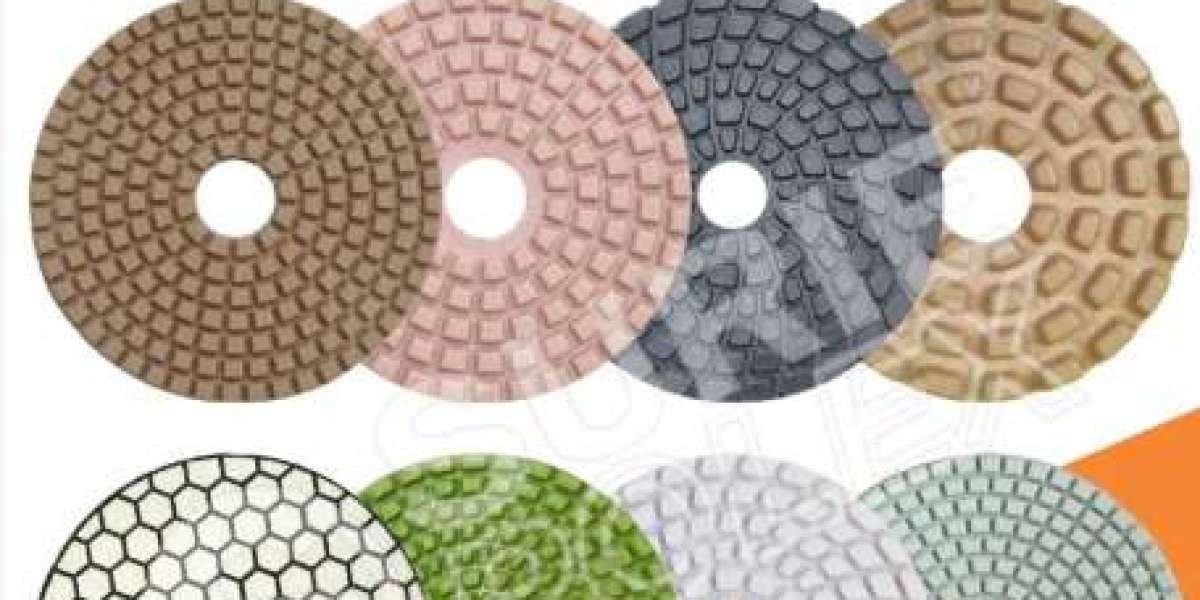Concrete is no longer just a functional building material—it has evolved into a stylish and versatile surface for homes, commercial spaces, and industrial floors. But to truly unlock its potential, concrete needs proper finishing. That’s where a Concrete Polishing Machine comes in. This powerful tool is designed to grind, smooth, and polish concrete surfaces, transforming dull, rough floors into glossy, high-performance finishes.
What Is a Concrete Polishing Machine?
A Concrete Polishing Machine is a specialized piece of equipment that uses rotating diamond pads or abrasives to grind and polish concrete floors. These machines remove surface imperfections, stains, and rough textures, revealing a smooth, reflective surface that’s not only beautiful but also more durable.
Available in different sizes and designs, these machines are widely used in warehouses, retail stores, garages, and even residential properties to achieve a professional, polished finish.
Benefits of Using a Concrete Polishing Machine
Enhances Aesthetic Appeal
A polished concrete surface has a sleek, modern look that elevates the overall design of any space.Increases Durability
Polishing hardens the surface, making it more resistant to scratches, impact, and wear.Cost-Effective Maintenance
Once polished, concrete requires minimal upkeep compared to other flooring options.Improves Safety
The smooth, even finish reduces tripping hazards, and slip-resistant treatments can be applied during polishing.Eco-Friendly
Polishing existing concrete eliminates the need for additional flooring materials, reducing waste.
Types of Concrete Polishing Machines
Walk-Behind Concrete Polishing Machine
Ideal for large floor areas.
Equipped with multiple rotating heads for even coverage.
Handheld Concrete Polishing Machine
Perfect for small spaces, edges, and corners.
Lightweight and portable for precision work.
Ride-On Concrete Polishing Machine
Designed for industrial-scale projects.
Offers high productivity for massive floor spaces.
How a Concrete Polishing Machine Works
The process involves multiple steps, starting with coarse grinding and ending with fine polishing:
Preparation – Clean the floor to remove dust, debris, and coatings.
Coarse Grinding – Use low-grit diamond pads to remove surface imperfections.
Medium Grinding – Smooth out scratches left by coarse grinding.
Fine Polishing – Use higher-grit pads for a glossy, reflective finish.
Sealing – Apply a concrete sealer to protect the surface and enhance its shine.
Choosing the Right Concrete Polishing Machine
When selecting a Concrete Polishing Machine, consider these factors:
Surface Area – Larger areas require heavy-duty or ride-on machines, while smaller spaces benefit from walk-behind or handheld models.
Pad Compatibility – Ensure the machine supports a range of diamond pad grits.
Motor Power – Higher horsepower machines handle tougher grinding jobs more efficiently.
Water System – Wet polishing machines reduce dust and keep pads cool.
Ergonomics – Adjustable handles and easy maneuverability improve comfort during long jobs.
Tips for Best Results with a Concrete Polishing Machine
Work in Sections – Break large areas into manageable zones for even polishing.
Follow Grit Sequence – Skipping grits can leave scratches or uneven finishes.
Use the Right Speed – Adjust machine speed based on pad grit and surface condition.
Keep Pads Clean – Dirty pads reduce polishing efficiency.
Apply Sealers or Hardeners – Extends the life of the polished finish.
Maintenance of a Concrete Polishing Machine
A well-maintained machine delivers better results and lasts longer:
Clean After Each Use – Remove dust and debris from the machine and pads.
Check Electrical Components – Inspect cords, switches, and plugs regularly.
Replace Worn Pads – Using damaged pads can scratch concrete instead of polishing it.
Lubricate Moving Parts – Ensures smooth operation.
Applications of Concrete Polishing Machines
Commercial Buildings – Shopping malls, offices, and showrooms.
Industrial Facilities – Warehouses, factories, and manufacturing plants.
Residential Spaces – Modern homes, garages, patios, and basements.
Public Areas – Airports, museums, and schools.
Conclusion
A Concrete Polishing Machine is more than just a tool—it’s an investment in durability, aesthetics, and long-term value. Whether you’re a contractor handling large commercial projects or a homeowner upgrading your garage floor, this machine can turn plain concrete into a stunning, low-maintenance surface. With the right equipment, technique, and care, you can achieve professional-grade polished concrete that’s built to impress and last for years.














